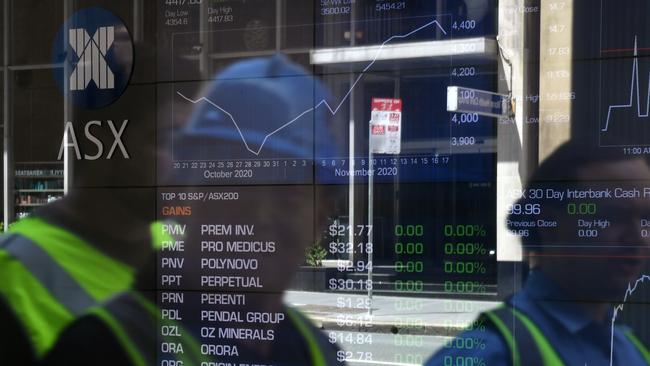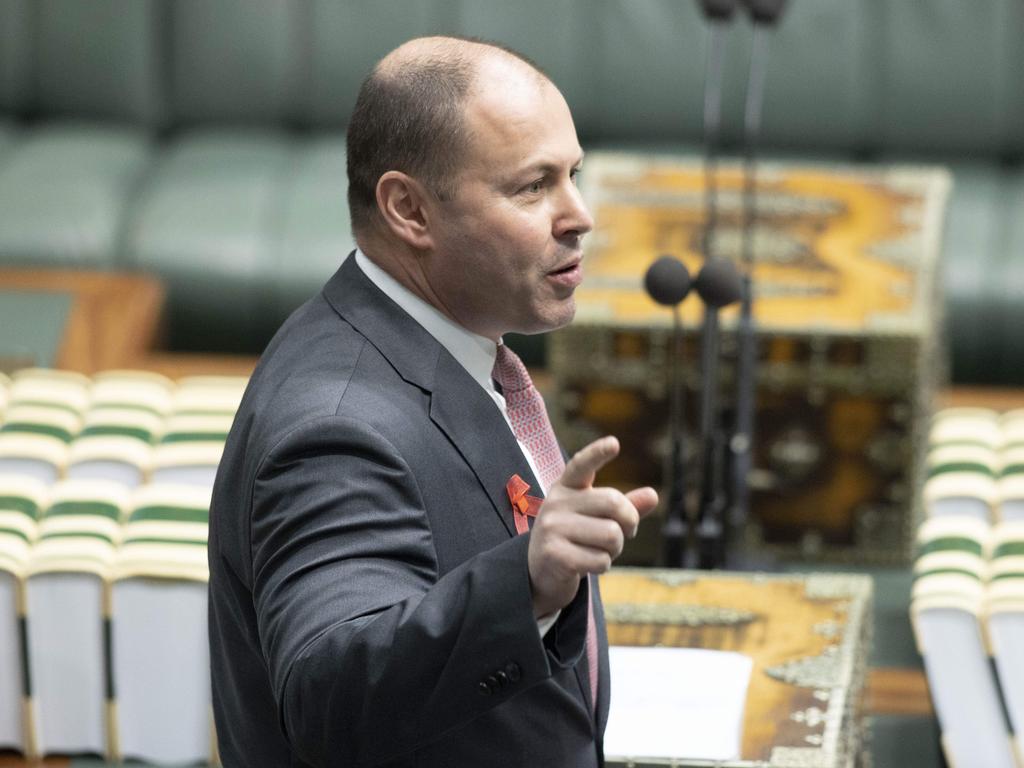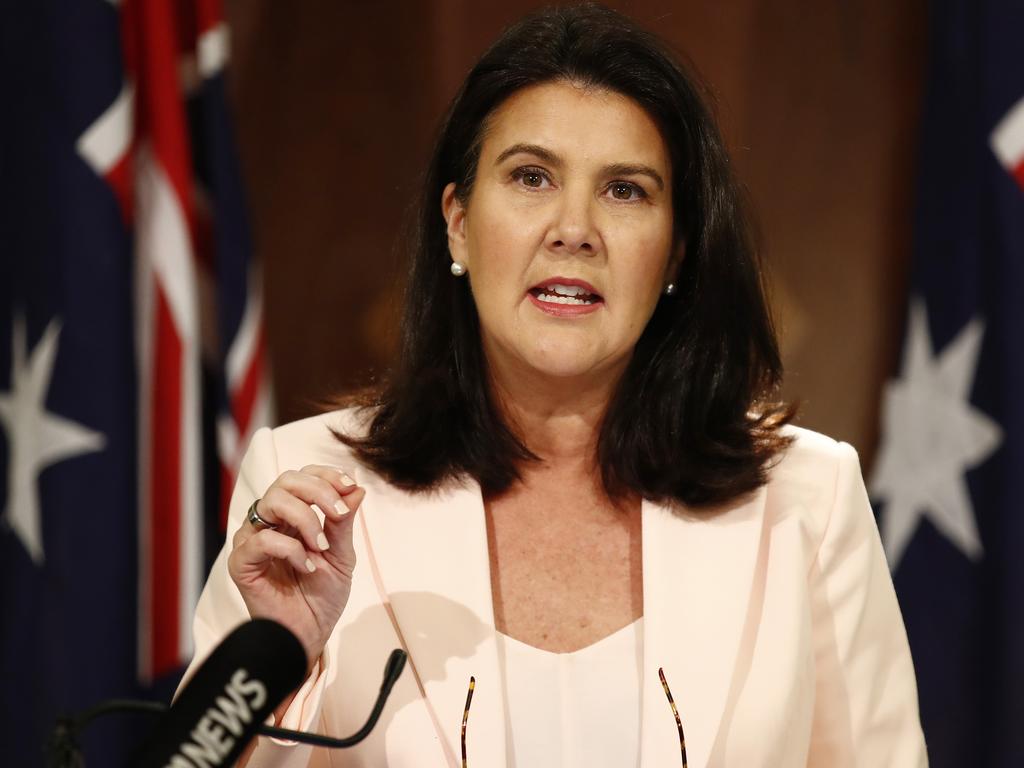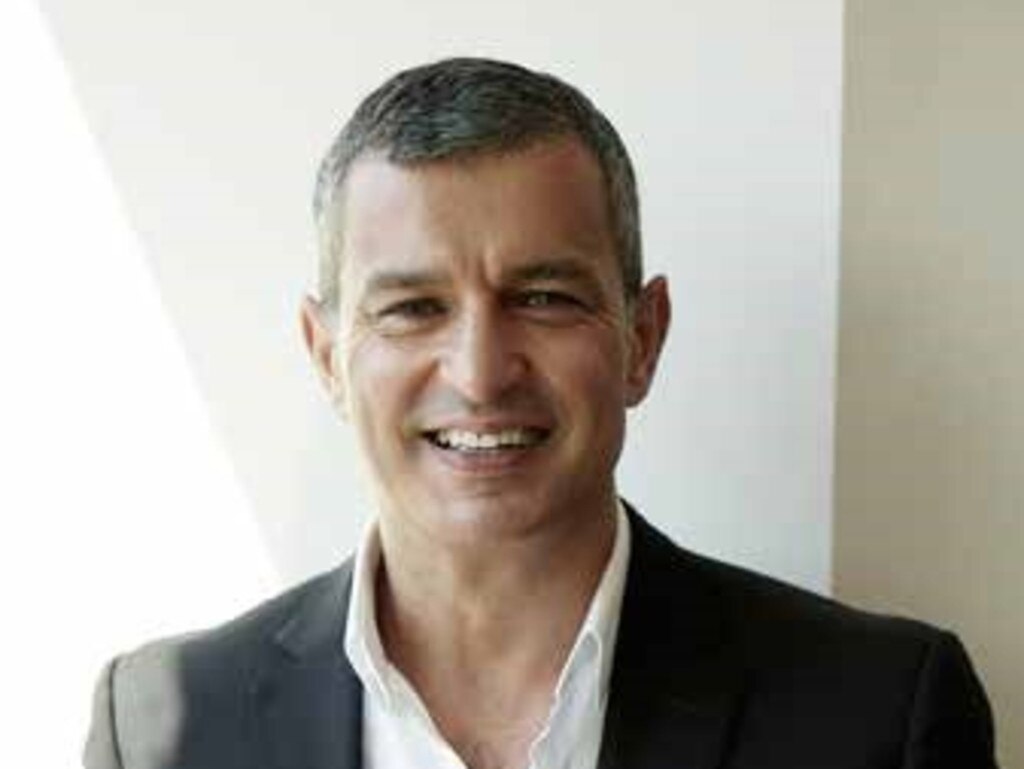
With just five weeks of 2020 remaining, the median growth fund with 61 per cent to 80 per cent invested in growth assets such as shares is up about 3 per cent for the calendar year to date.
“November has indeed been a tremendous month for sharemarkets,” said Chant West senior investment research manager, Mano Mohankumar.
“As a result, we estimate that the median growth fund is up about 5.5 per cent so far this month and up a remarkable 15 per cent since the end of March.”
The median growth fund will thereby have erased a 12 per cent loss in February and March.
“A final 2020 result close to that would be a tremendous outcome for super fund members given the chaos the world has been thrown into by COVID-19,” Mr Mohankumar told The Australian.
While bonds have lost value this month, with Australia’s benchmark 10-year yield up 10 basis points to 0.93 per cent amid expectations of stronger economic growth, the S&P/ASX 200 share index has risen by a remarkable 12.7 per cent, putting it on track for its best month since inception in 2000. The All Ords is having its best month since 1988.
After a terrible March quarter due to the COVID crisis, during which the ASX 200 crashed as much as 39 per cent from a record high of 7197.2 to a 7½ -year low of 4402.5 in the space of just four weeks, the benchmark index has bounced by an incredible 52 per cent from the low.
The bear market ended almost as fast as it began thanks to unprecedented fiscal and monetary policy stimulus by the world’s central banks and governments.
After consolidating since June, the local bourse has surged again this month as coronavirus vaccine trial results, the US election outcome, quantitative easing by the Reserve Bank and fiscal stimulus in the federal budget bolstered expectations of economic growth and liquidity.
The index rose as much as 1 per cent to a nine-month high of 6713.3 points on Wednesday as investors moved out of “safe” investments like cash, gold, government bonds and some “stay at home” stocks that have benefited from COVID, and into economically-sensitive stocks in the energy, financials, materials and real estate sectors as industrial commodity prices and bond yields rose. After closing at an intraday low of 6683.3, the ASX 200 was close to reclaiming positive territory for the calendar year, while the All Ords was already back into the green.
Looking ahead, Australia’s extremely low rates of COVID and easing restrictions give a relatively better economic outlook than the US and Europe, where the unwillingness to stop travel over Thanksgiving and Christmas threatens to worsen the pandemic and damp economic activity.
But the local bourse will be heavily influenced by global markets and while Thanksgiving week is normally positive, the spread of COVID is a short-term risk in coming weeks.
Fund rebalancing is another risk with JP Morgan estimating balanced mutual funds will need to sell around $US160bn of equities globally to revert to their target 60:40 allocation by the end of December at the latest and that a continuation of the equity market rally is likely to give rise to additional $150bn of equity selling into the end of December by pension funds that tend to rebalance on a quarterly basis.
Other things being equal, any resulting dips should be buying opportunities, given the clear picture of effective vaccines and strong US fiscal stimulus in 2021 that the market now has.
Morgan Stanley strategists expect the Australian dollar to rise almost 5 per cent to hit US77c in 2021 as positive global factors outweigh downward pressure from the Reserve Bank’s bond buying.
And while noting that a higher exchange rate is a headwind for translation of foreign earnings, they also point out that exchange rate strength is often correlated with equity strength.
“The global backdrop remains supportive with the strong economic recovery expected to continue and broaden to emerging markets and upside expected across most risk assets,” they said.
They see limited near-term headwinds from a higher Australian dollar in 2021 and expect pre-COVID levels of economic activity by end-2021.
While noting that the RBA’s $100bn QE package this month is focused on putting downward pressure on the exchange rate, they say the drivers of its strength will matter to the RBA.
Moreover, the growth-driven upside they see for 2021 will be broadly acceptable for the RBA, which is expected to add a smaller QE package of $60bn when the current one expires in mid-2021.
Barring a rise above US80c, the dollar’s rise shouldn’t cause a significant headwind to local equity performance.
“Higher equities tend to occur alongside a stronger Australian dollar despite earnings headwinds — something we envisage occurring next year with the extent of the global growth rebound more important,” said the strategists led by Chris Nicol. “We ... don’t think a lower exchange rate is needed for strong performance, but it now requires more selective positioning favouring quality and earnings growth.”
Still, there’s already discussion about a potential “taper tantrum” in global markets next year if central banks lessen their ultra-easy stance in response to rapidly-improving growth prospects with mass vaccination and US fiscal stimulus and buoyant asset prices.
In a subtle sign, the Reserve Bank of New Zealand has already backed away from negative interest rates and plans to reinstate loan-to-valuation curbs on mortgages after NZ house prices surged 20 per cent during the worst recession since WWII.
Investors have celebrated the likely nomination of former Fed chair Janet Yellen as US Treasury Secretary — making a powerful dovish combination.
“The market has been preparing for a more clearly defined, and potentially more accommodative, QE from the Fed in December,” said MST Marquee senior analyst Hasan Tevfik. “We could get something like a tantrum without an easier QE announcement.”








Australian super fund investors may have something to cheer about this festive season after all.